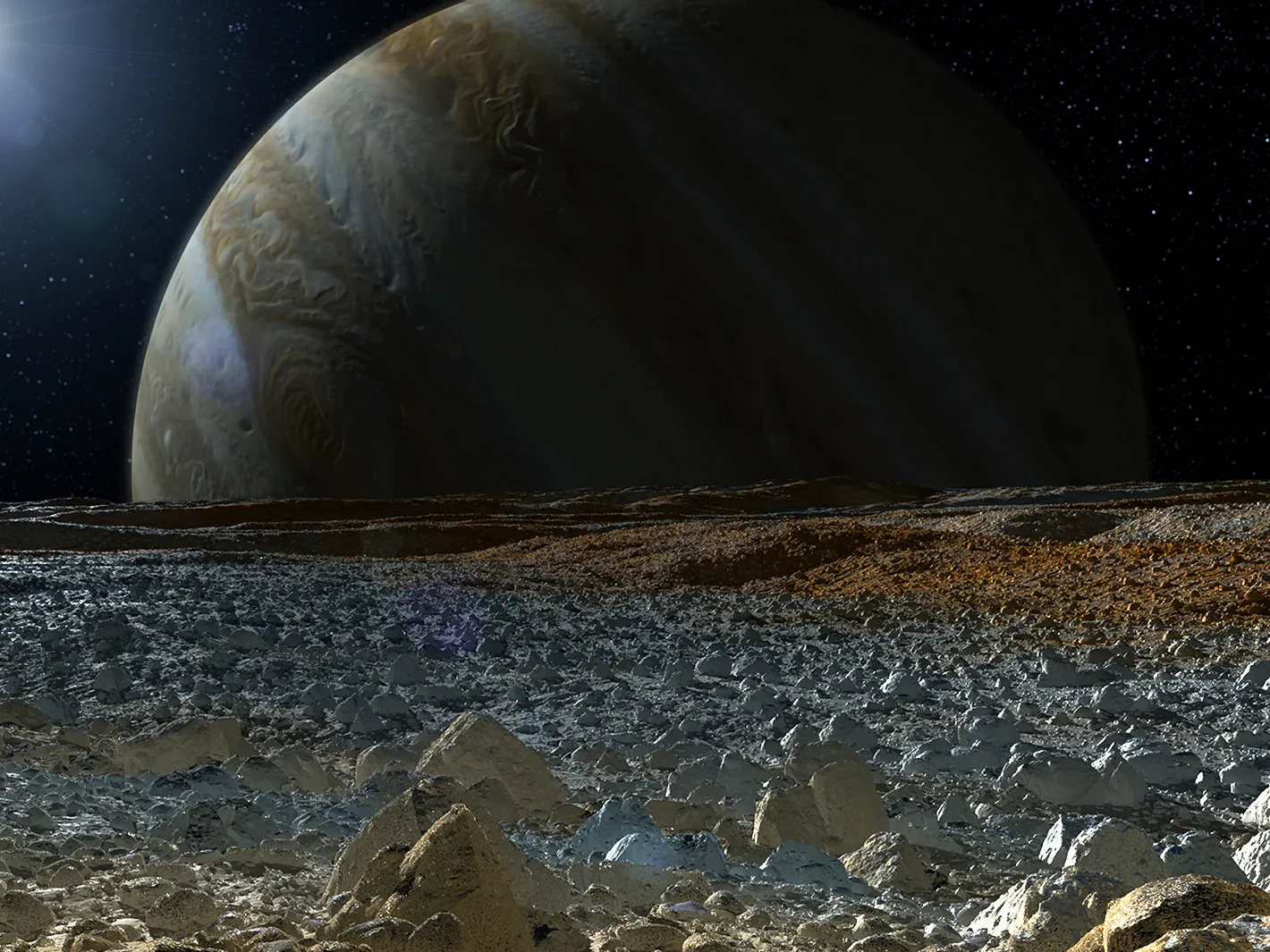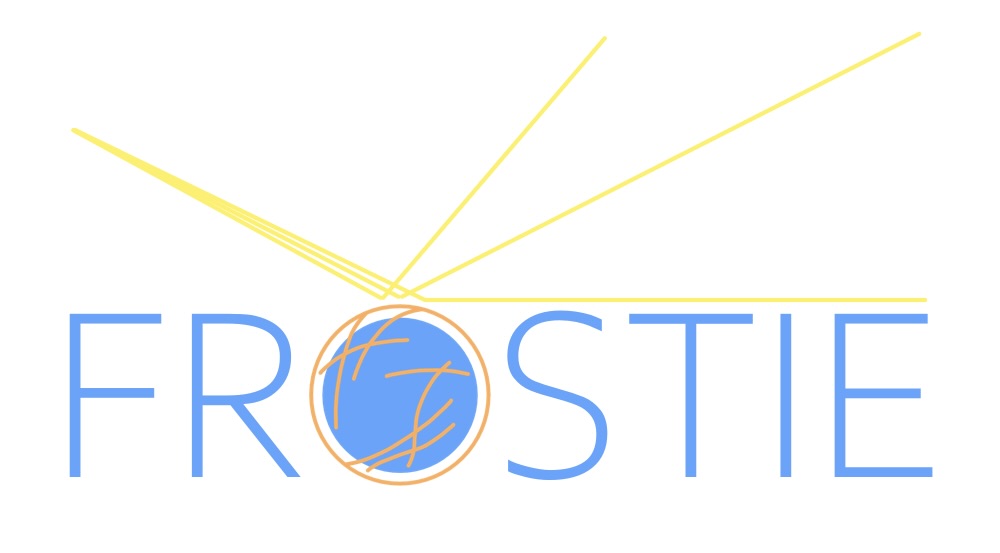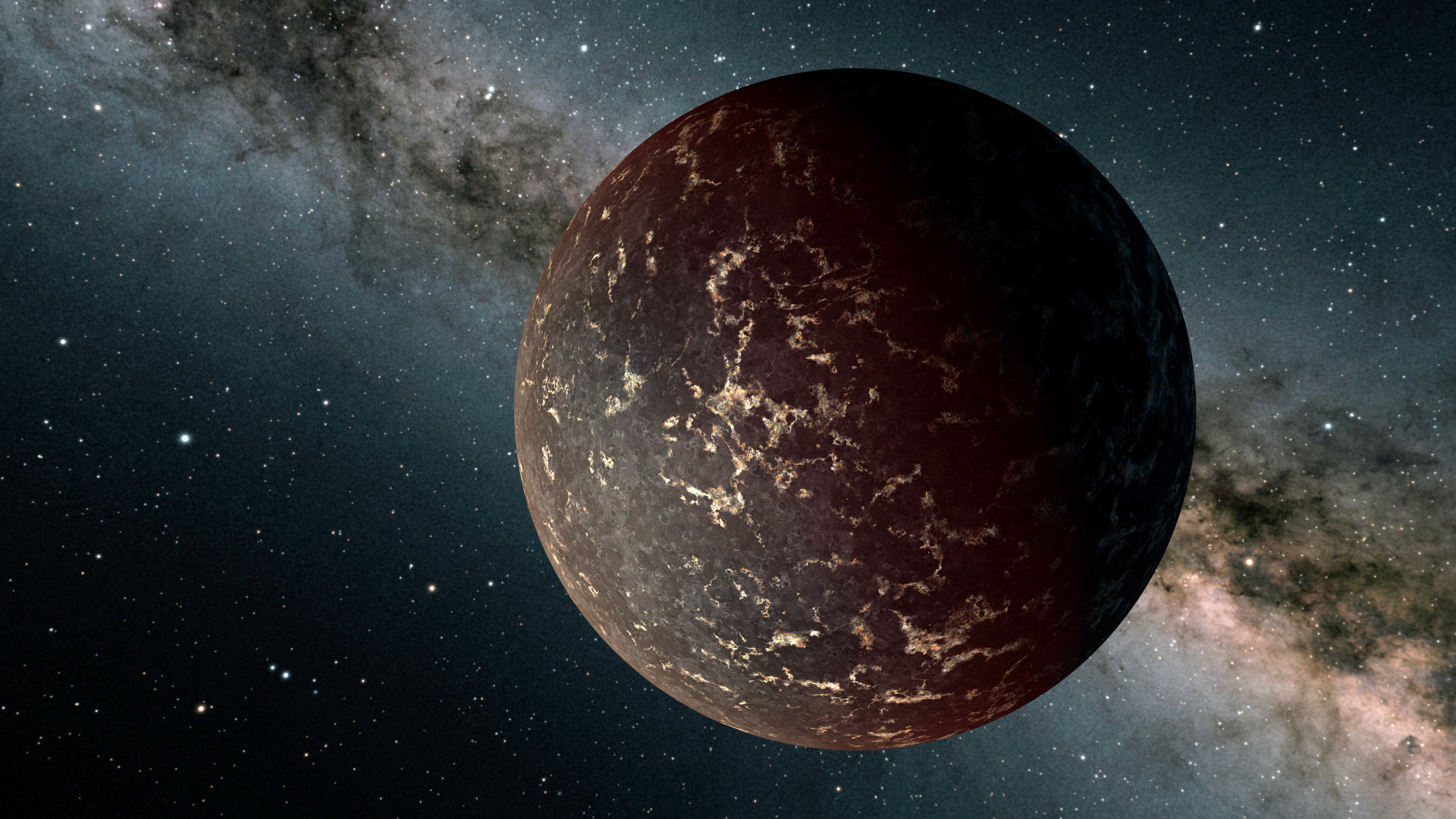

Ishan Mishra
planetary scientist
Hello! I am a postdoctoral fellow in the planetary geosciences group at the Jet Propulsion Laboratory (JPL) in Pasadena, California, where I work with Dr. Bonnie Buratti on development and application of photometric models to various airless planetary bodies. I am also an affiliate of the Project Science team of the Europa Clipper mission, which JPL is leading, and hence have a special interest in studying light reflected from Europa's surface and what clues the surface composition of Europa holds about the subsurface ocean. I got my PhD at Cornell University's Department of Astronomy in summer of 2022, where I worked with Prof. Nikole Lewis and Prof. Jonathan Lunine on developing tools to better infer composition of planetary surfaces via spectroscopic data analysis, with a special focus on Europa. Most of my graduate school work was supported by a NASA FINESST award.
I grew up in various towns in India and obtained a Bachelor of Technology (B.Tech.) degree from the Indian Institute of Technology in Guwahati, located in the foothills of the Himalayas in the north-east part of India. Although an electronics and communications engineering major in college, I was fortunate to have gotten opportunities to explore my interest in astronomy and planetary science, through various schools, workshops, and research experiences that spanned a broad range of topics, such as star clusters and main belt asteroids.
Please hop over to the Research tab to learn more about my current research in graduate school. My CV and links to my publications are also available here.
Research
My primary research interest involves analyzing reflected light data from planetary surfaces using appropriate physical models and statistical tools. The reflected light data I study broadly falls in two categories: spectroscopic data (reflectance as a function of wavelength) and photometric data (reflectance as a function of observation geometry). The goal is to infer properties like composition, porosity, roughness, etc. of the planetary body being observed, which can provide insight into external and internal processes acting on a planetary body's surface. These methods can also be applied to simulated data from future missions/observatories, to help assess their science output and inform their design. To infer physical and chemical properties of planetary surfaces using spectroscopic and photometric data, I primarily apply the powerful technique of Bayesian inference.
I also have an interest in the booming field of exoplanets and have participated in multiple projects and observation proposals related to characterization of exoplanet atmospheres. Now, with JWST we also have the capability of observing light directly emitted from surfaces of hot, airless exoplanets, and for the first time characterize the physical states and chemical composition of these bare-rocks.
Code
With NASA's new "Transform to Open Science" initiative, the movement for open and reproducible research is gaining steam. I fully support this movement, and to start my open science journey, I plan to publish all my research software and code on my Github account.
FROSTIE, written in python, is an easy-to-use software that enables spectroscopic modelling and retrieval with the Hapke reflectance model, and comes with good documentation and various tutorial notebooks.
Code Repository: Coming soon!
Publication(s): Mishra, I., FROSTIE: An open source modelling and retrieval package for spectroscopic data of planetary surfaces, 2023, in prep for the Journal of Open Source Software (JOSS)
Selected Presentation(s): Planetary Data Workshop 2023 Poster
Publications
A personalized list of my publications list can be found on NASA/ADS and Google Scholar.
Contact Me
The best way to reach me is via email at ishan.mishra@jpl.nasa.gov or im356@cornell.edu


